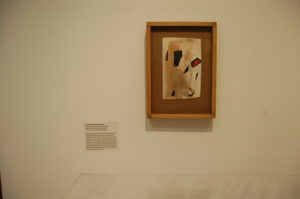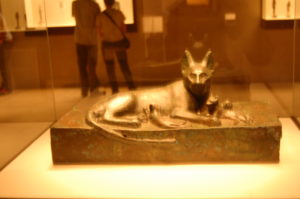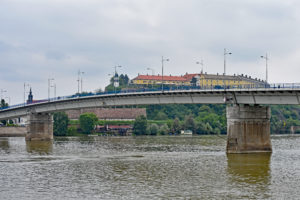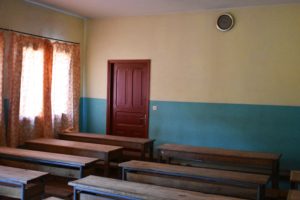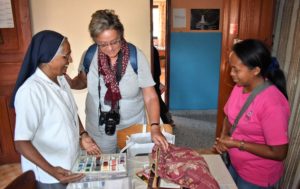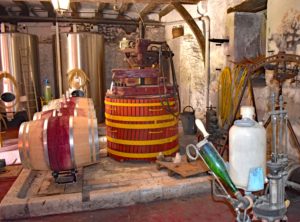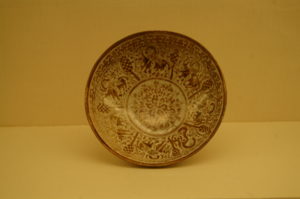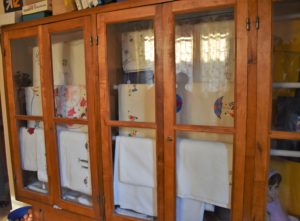Accident or inside information, nothing else is likely to bring visitors to Marialva. It’s almost the Portuguese equivalent of Adlestrop, and casts a similar spell.
We went by accident, having planned to visit the palaeolithic rock engravings of Foz Coa and realising our original reservation for one night was inadequate. The farm we had booked could not offer extra nights so we chose Quinta Calcaterra, just off the main road and a few kilometres further from our destination.
The quinta was in the same parish so we turned into Marialva for directions. While there we had time enough to amass reasons to return: a deserted centre with a castle, outside which the inhabited village looks pretty much as old as the ruins. Not by any means in ruins though: well-kept houses and cottages, attractive gardens and all around farmland.
Having found the quinta (farm) we were offered choice of the five en-suite rooms, shown the lounge with free port and English language TV, as well as the breakfast room and garden with small swimming pool. It was enough to confirm we’d made the right choice to stay several nights.
Arrangements for the rock engravings proved the most difficult, as it is best to book well in advance. Once settled we were free to take a train ride along the Douro and to explore Marialva.
The Rough Guide says admission to the ruins is from the information office. On our two visits it seemed firmly closed. Fortunately the second time was a Sunday. when we found how inside information helps. It was not our information, however. We sat, growing a little forlorn, below the gate as women of a considerable age either walked or were driven in a minibus up the steep cobbled streets. Almost all were dressed in black, but smartly so. Then we realised they were going to church.
Strangely, as the guide points out, although the citadel houses and castle were left in ruins, the church inside the walls was rebuilt. One of the women asked “Castro?” and we affirmed. The gate was unlocked; they all strode through, best Sunday shoes on cobbles notwithstanding, and we followed.
For some time we sat again, no longer forlorn but fascinated. Some of the women went into the graveyard, the others into the church, while men of the same age – but fewer of them – stood outside. It seemed familiar: we’d seen men do the same in Sicily. From inside we heard singing in a full Southern style, suggestions of Fado not distant, then chanting of the office. It was a moment to be silent, respecting another place and culture.
Swallows circled the castle keep, apparently with nests inside the walls. Other birds were among the trees and shrubs between or inside the ruins. We began to make our way around. Streets remained in good order; there had obviously been some large buildings, at least one with a cellar of medieval scale with piers and arcades in place, The keep itself is closed but the surrounding walls are accessible, offering commanding views as they must have done once to the garrison.
What happened to Marialva is a mystery. Why the villagers continued to live outside the citadel and not try to restore any of the buildings is a source of speculation. One of the houses still inhabited had belonged to one of the several Jewish families, as a bilingual notice explained. The service was continuing as we left; one or two groups of visitors were still on the walls and the men, as far we could tell, were still outside the church.
We will keep the memory of the peace and sparse beauty, as well as the mystery, of Marialva. We may even return: the Quinta would be just as welcoming.
